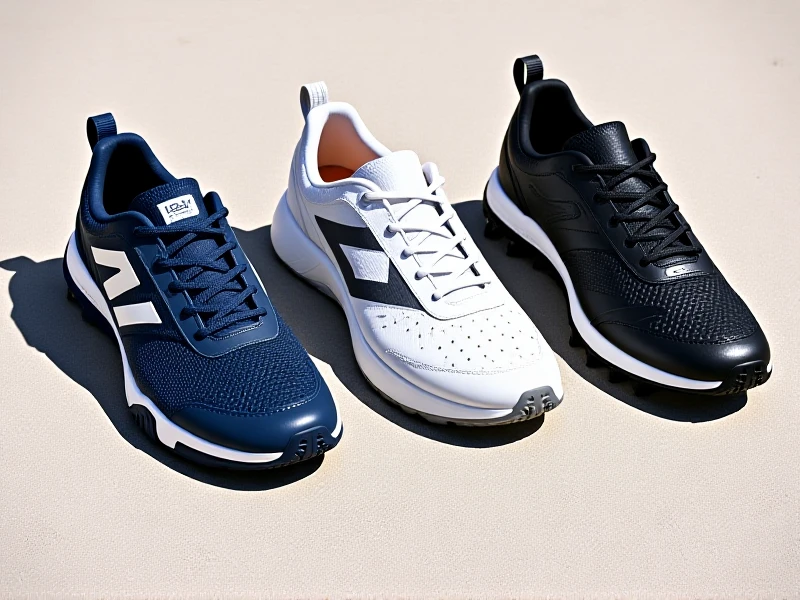The Ultimate Guide to Finding Your Perfect Pair of Running Shoes

Stepping up your running game starts from the ground up – literally. Finding the best running shoes isn't just about style; it's crucial for comfort, performance, and preventing injury. Whether you're a seasoned marathoner pounding the pavement every weekend or a casual jogger hitting the neighborhood trails, the right shoes make a world of difference.
Understanding the core components of quality running shoes is the first step. Look for a durable yet flexible outsole designed for reliable traction, tackling various surfaces like asphalt, treadmill belts, or packed trails. The midsole is the heart of the shoe, providing cushioning and shock absorption. Key materials here include responsive EVA foam, plush PU, or energy-returning TPU and Pebax compounds like Adidas's Boost or Nike's React. This layer dictates the shoe's feel – soft, firm, or propulsive. The upper wraps your foot; seek breathable, lightweight materials like engineered mesh for ventilation, with overlays for targeted support. Don't forget the insole and sockliner; they contribute significantly to immediate comfort and arch support.
The most crucial factor is identifying the right type of running shoes for YOUR needs, considering your foot structure (arch height) and running style (gait). Here's a quick breakdown:
- Cushioned/Neutral Shoes: Ideal for runners with neutral gaits or high arches. They prioritize comfort and shock absorption without attempting to correct foot motion.
- Stability Shoes: Designed for runners who exhibit mild to moderate overpronation (their feet roll inwards excessively) or have low to normal arches. They offer features like firmer posts or dual-density midsoles on the inner side to help control motion.
- Motion Control Shoes: Provide maximum support and structure for severe overpronators. They are heavier and more rigid than stability shoes. Also crucial for larger runners requiring additional support and durability.
- Trail Running Shoes: Built for off-road adventures! Expect aggressive lugs for grip on dirt, mud, rocks, and loose terrain. They often have reinforced uppers for protection, rock plates underfoot, and sometimes waterproof/water-resistant options (like Gore-Tex).
- Racing Flats/Lightweight Shoes: Prioritize minimal weight and maximal speed for racers. Offer less cushioning and durability than daily trainers for that efficient feel.
Before purchasing running shoes, assess your arch height (wet foot test helps!), understand if you overpronate, supinate, or have a neutral gait (many running stores offer gait analysis). Consider your typical running terrain (road vs. trail) and your weekly mileage. The best advice? Always try them on! Your feet swell during running, so shop later in the day. Wear your usual running socks. Leave a thumbs-width gap between your longest toe and the shoe's end. Walk and, if possible, jog around the store to test the fit and feel. Ensure your heel is locked down securely without slipping, and the midfoot feels comfortably snug.
Investing time in finding the right running shoes tailored to your unique feet and running habits is non-negotiable. Stop guessing and start experiencing runs that are more comfortable, efficient, and enjoyable. Explore your options and find the perfect fit today!